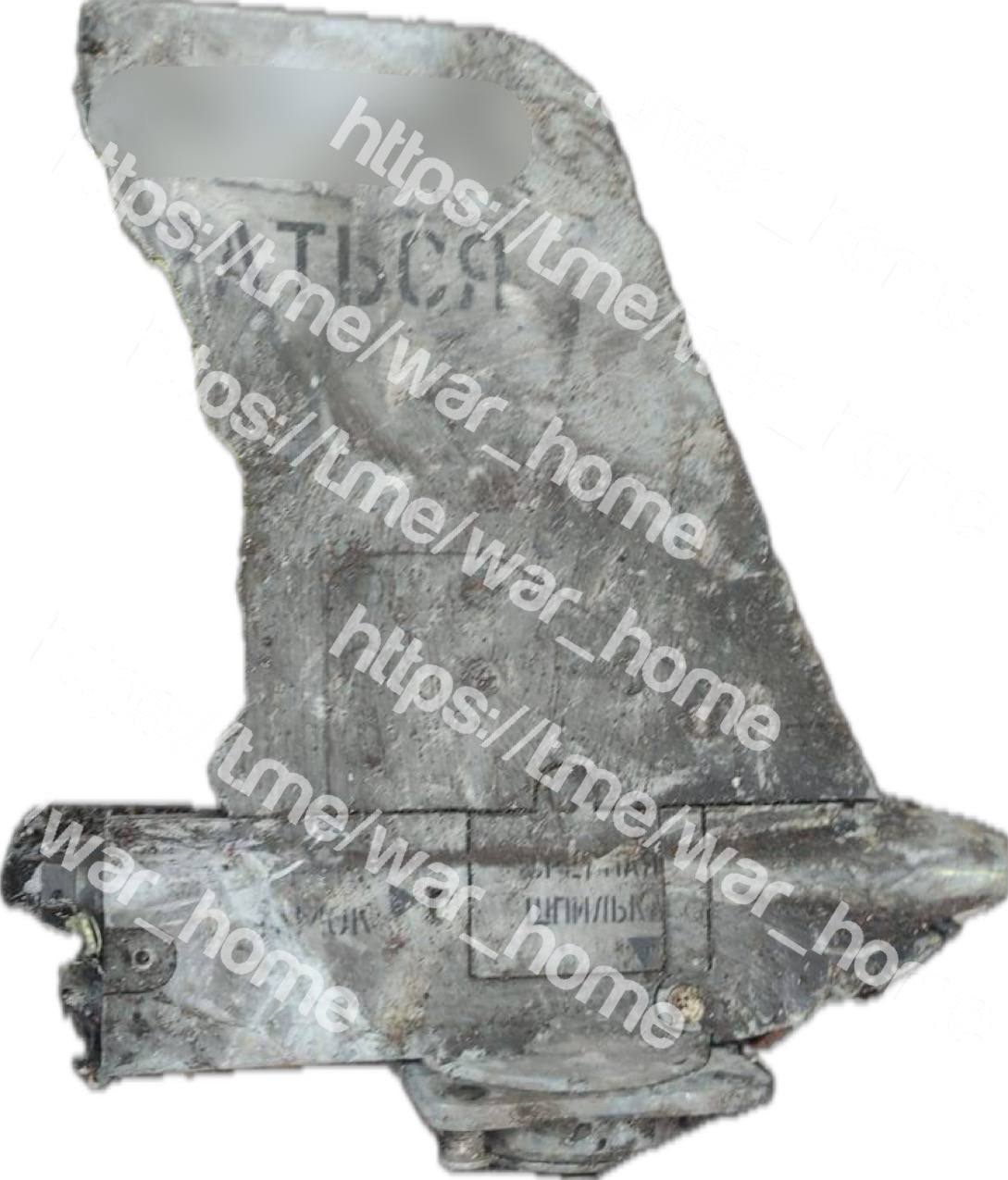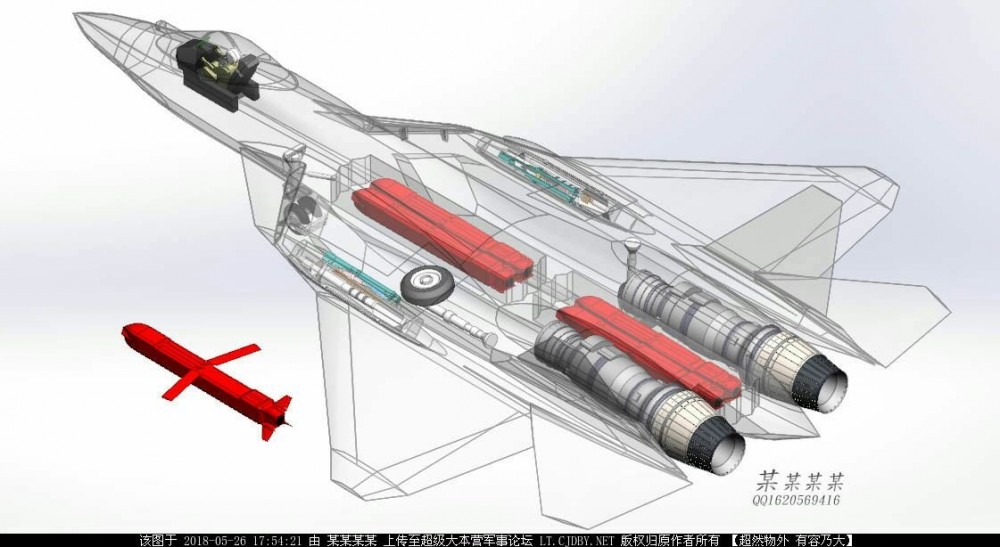Russians use latest Kh-69 cruise missiles to strike Ukraine
17 February, 2024 The Kh-69 missile at the exhibition. Photo credits: Vitaly V. Kuzmin.
During the recent massive missile attack on Ukrainian infrastructure, Russians used the advanced Kh-69 cruise missiles. The War Zone reported on this. Recently, the Ukrainian Telegram channel Colonel of the General Staff published a photo of a fragment of an Kh-69 missile that had been shot down during a massive missile attack on February 7.
The use of three missiles of this type was also reported by the Ukrainian air threat monitoring resource. It is worth noting that on the same day, Russians used another new weapon to strike Kyiv - Zircon hypersonic missiles.
 A rear fin from a Kh-69. Source: Telegram channel Colonel of the General Staff.
A rear fin from a Kh-69. Source: Telegram channel Colonel of the General Staff.
The Kh-69 missile had been under development for a long time, but the full-scale Russian-Ukrainian war has exacerbated the need for high-precision long-range weapons, and the development and production process has apparently been accelerated.
As of February last year, the International Institute for Strategic Studies (IISS) think tank reported that the Kh-69 was "probably in the final stages of development or production." It is known that the missile is part of the Russian Su-57 fighter jet's weapons system, so it is possible that the missile was launched from that aircraft. However, we should not rule out the possibility of using the missile from another aircraft.
 Image of the theoretical placement of the Kh-69 on the Su-57.
Image of the theoretical placement of the Kh-69 on the Su-57.
Photo from open sources.
The sources of Militarnyi confirmed that Russia's newest fifth-generation fighter jets were on duty in Russian airspace near the Ukrainian border and do not enter Ukrainian airspace.
Kh-69
The missile now known as the Kh-69 began life under a different name, the Kh-59MK2. It was developed by the Raduga company. When it first appeared, the Kh-59MK2 looked very much like the earlier Kh-59MK, a standoff anti-shipping missile.
The major difference was the guidance system, with the active radar seeker replaced by an inertial navigation system combined with GPS/GLONASS for mid-course updates, and an electro-optical digital scene-matching area correlation (DSMAC) system for the run-in to the target.
 The Kh-59MK2 missile at the MAKS-2009 exhibition. Photo from open sources.
The Kh-59MK2 missile at the MAKS-2009 exhibition. Photo from open sources.
The new guidance system was apparently borrowed from the Kh-555 strategic cruise missile. In 2015, however, the Kh-59MK2 was entirely reworked, emerging as a weapon with some low-observable features now incorporated.
Essentially, only the guidance system was unchanged. The missile now features a boxy, trapezoidal-section body, tailored to fit in the weapons bay of the Su-57. The manufacturer says the missile can also be carried by Su-30MK, Su-34, Su-35S, MiG-35 and MiG-29K.
 Illustrative image of Kh-69.
Illustrative image of Kh-69.
Photo from open sources.
At the top of the body is a pair of pop-out wings, with four fins at the rear that also deploy in flight. The turbofan engine was now internal, in contrast to the Kh-59MK2 which featured an external nacelle. Russians claim that the missile carries a warhead weighing 310 kilograms with a mass of 710 kilograms.
The maximum range is 290 kilometers, and the operating speed is about 700-1000 kilometers per hour.